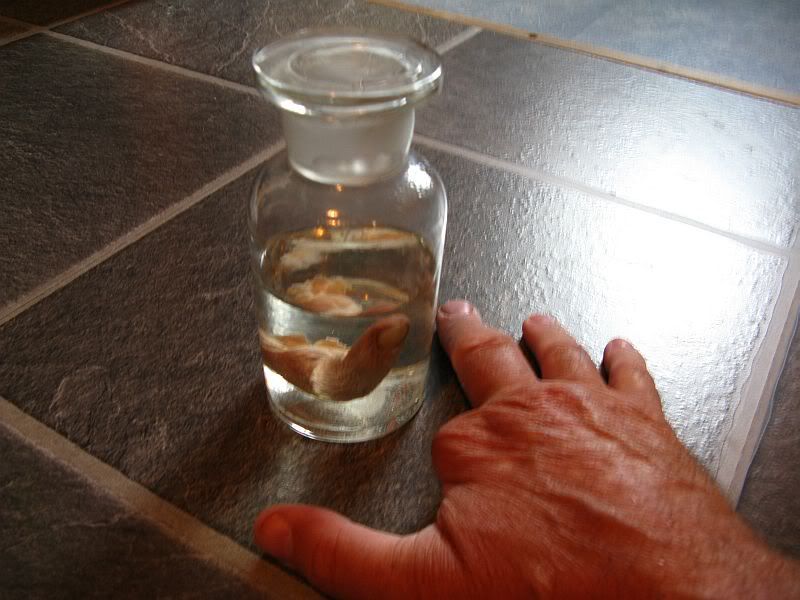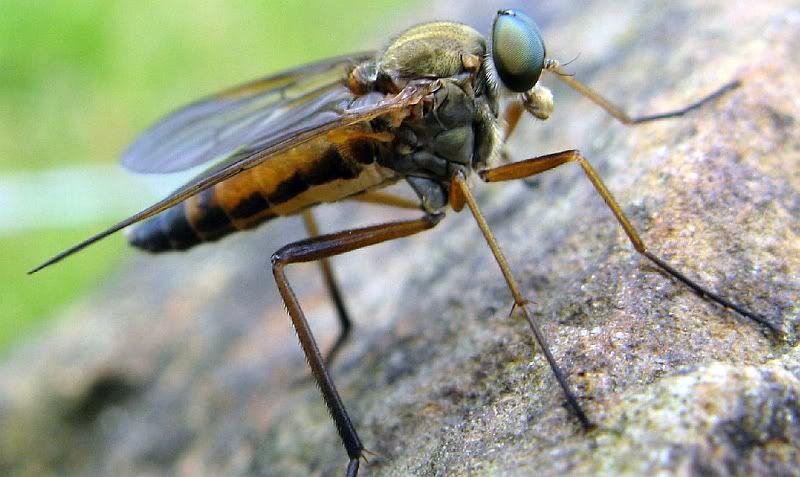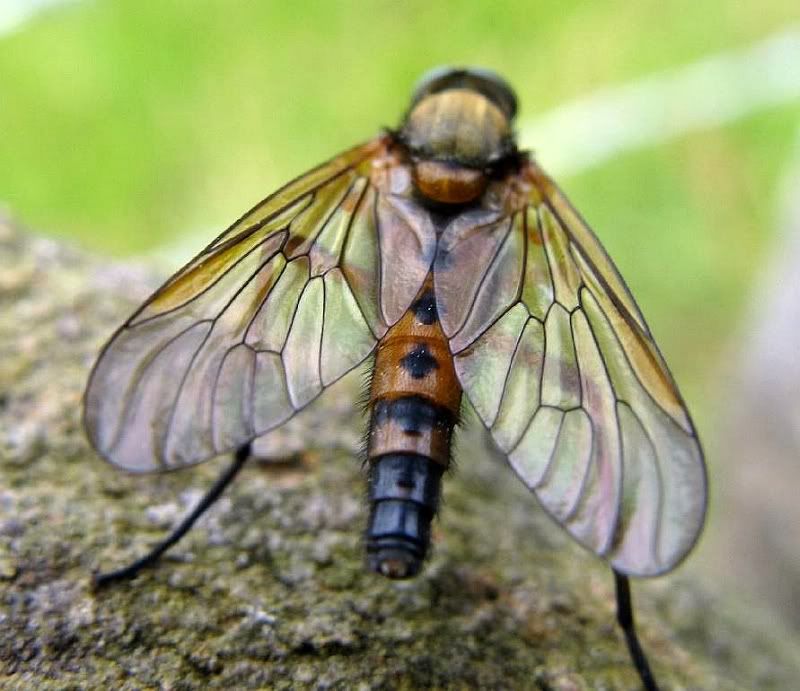I was about to ask if there was an entomologist using the forum, and then realised that if they'd found this post we'd have had a dissertation on the browsing habits of clegs by now.
I have a number of facts, anecdotes and questions regarding Clegs.
Firstly, and at the risk of blowing my best shot first, I lived in the south of Germany for 6 years. (Terrific, as I could brood back across d' Swäbische Meer [Swäbische ocean]; der Bodensee; Lake Konstance; at the Swiss Alps every morning as I sipped my coffee, hatching my plots against them.) As my girlfriend and I cycled to a village along the lake to visit her friend, Hilde and her family one summer day, my girlfriend suddenly stopped and gave out a yelp. The reason for her pain was instantly apparent to me even before she identified the culprit as a Bremse! (Cleg!) ;an interesting name which I think refers to either burning/fire, or to a brake, as in car brake:
We went on our way and by the time we'd covered the last Km, the bite had swollen alarmingly and was a livid red, clearly having become instantly infected. Hilde, or die Hexe -witch- as her husband preferred to call her due to her deep knowledge of traditional herbal remedies, took one look, then immediately went out to the garden and came back with a handful of leaves, "Spitzlewegerich" -little points by the wayside/path-, [Hilde chose young leaves about 2 or 3 inches long] about half of which she crushed in a mortar and applied to the wound, the other half were to be crushed later and slightly diluted for use as a lotion. The result was astonishing, as the pain had gone within 5 minutes, and half an hour later the swelling and redness reduced and had all but disappeared by evening. That was most certainly not my prior experience of cleg bites.
I had recognised the leaves Hilde had crushed but had to look up the name of the weed I knew as "rib-leaf", the common Plantago lanceolata, narrow leaved plantain! Quite astonishing, and now of great importance to me as a large part of my minute knowledge of Nature's Medicine Cabinet. I have since discovered that the values of this plant are well known, it is very common throughout Europe and North America and I strongly advise positively identifying and familiarising yourself with it for use as a miracle cure for bites and stings! Some say it's edible, but I prefer not to eat anything I know to be so potent!
(I deny any responsibility for mishaps as a result of this information; see literary criticism, Barthes. Roland,;
The Death of the Author)
Whenever the word "cleg" comes up, I immediately associate it with Glen Affric, which in my experience is the worst area for clegs I ever wandered or camped. A large part of Affric was devastated by fire about 1980, which wiped out some 12,000 acres of native woodland and broke a lot of hearts in the process. I was amazed to discover on visiting some 5 years later -I didn't really want to see it-, that far from the expected total absence of clegs, the place was worse than ever. My visit was short lived and I beat an uncharacteristically hasty retreat, with a few dozen determined clegs harrying me all the way back to the car.
In the mid 80's, I introduced my new drop-dead-gorgeous girlfriend -who 6 years later had mysteriously become the ex-wife!- to the delights of This Man's Mountains.
It was the end of August, we left the Laggan road crossing the bridge at Moy, up over the bealach and camped the night at Loch Pattack. Next morning we took the track down towards Ben Alder Lodge, through the gathering of stags before the rut -that's where she learned not to feed highland garrons, as she found herself in the midst of 4 or 5 half wild horses which soon started biting and kicking in their frenzy for apples-, camped beside Loch Ericht, had a day on Ben Alder and a night in the bothy, and were having lunch on our way back out to Rannoch Station when the biggest cleg I've ever seen appeared. The next few hours was a battle of wits, as it made numerous attempts at approach before the near misses spurred it into switching its buzz off and going into silent mode, and the game took on totally different characteristics as it would seemingly retreat, then reappear from a different direction. She was ready to wet herself at my choreography of swiping at the monster with my bunnet, but she'd never been bitten by a cleg!
On arrival at the Moor of Rannoch Hotel, I ordered 2 pints and was soon giving a description of the green-goggle-eyed, hyper-intelligent monster cleg which had harried us for miles on our way out from Loch Ericht. His answer was, "Oh don't mock it! It's a new variant of cleg that's been keeping us in business with researchers for 2 years now, and I won't hear a bad word said against it!"

Going off at yet another tangent, there's a fly which I've been bitten by a number of times which is silent and stealthy in its approach, which I've heard people referring to as a cleg. It most certainly isn't what I call a cleg, although I do know that there are a variety of species.
http://www.geograph.org.uk/photo/1128841
The thing I'm referring to is more mosquito-like in appearance, but with wings which fold down across its back and have a mottled, camo-like pattern. It's of a grey appearance and its body is more slender and delicate looking than that of a cleg and is just over a centimetre in length. It does not have the complex mandibles of a cleg but seems to feed by way of a stylet/feeding tube, the bite is painless and often bleeds for a while afterwards, signifying the injection of an anticoagulant. It will begin to itch later or the next day. If this is a cleg, then it's my favourite!
Fascinating if fearsome!
Finally, I find the Lib-Dem association moderately amusing.
ps; QDanT, that is just freaky! Please tell me it's a trick photo!
Cheers,
Pango.








